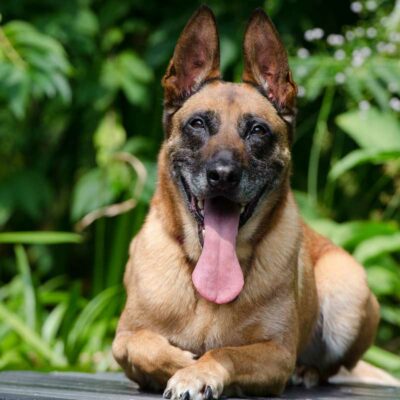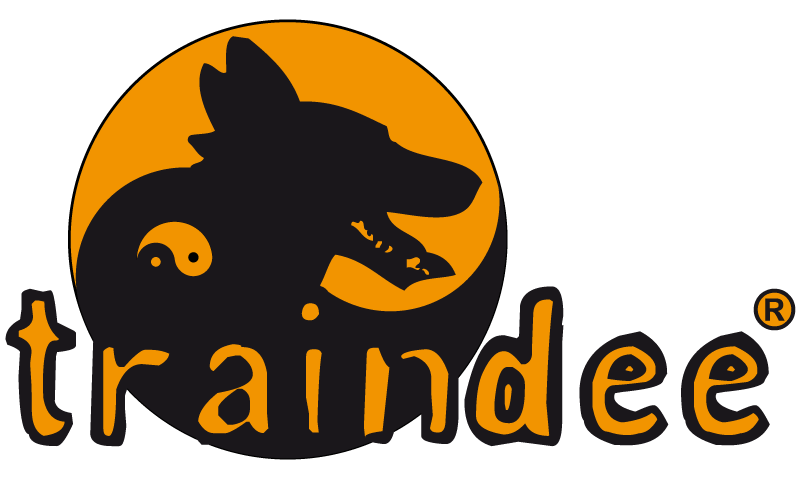The Belgian Malinois Dog breed

The Belgian Malinois, a medium-sized herding dog, boasts an abundance of athleticism, energy, and intelligence. Originally bred as sheepdogs in Belgium, these dogs thrive when given a job, making them exceptional candidates for police and military operations.
While their intelligence and vitality are attributes that make them excellent working dogs, these very qualities might rule out the Belgian Malinois as a suitable pet for many potential owners. Ever-loyal Malinois require dedicated, active owners willing to provide hours of daily mental and physical stimulation.
Characteristics of the Belgian Malinois
Belgian Malinois are known for their remarkable energy levels, demanding substantial mental stimulation and physical activity every day. Generally, they have moderately affectionate and friendly personalities, forming strong bonds with their primary owners. Distinct from German Shepherds, they feature a different head shape and a leaner physique with shorter fur.
Historical Origins of the Belgian Malinois
The Belgian Malinois (Mechelaar) is one of four Belgian shepherd varieties, along with the Tervuren, Groenendael, and Laekenois. These Belgian shepherds trace their roots to the 1800s, and the Malinois’ name is derived from the city of Mechelen (Malines), where they were developed. Breeders aimed to create a robust herding dog and protector with an unwavering work ethic.
The Malinois made its way to the United States in the early 1900s but experienced a decline in popularity after World War II. However, in the 1960s, the American Kennel Club recognized the breed. By the 21st century, Belgian Malinois were frequently seen as police dogs, military dogs, drug-detection dogs, and search-and-rescue dogs. Their versatility extends to roles like patrolling the White House grounds as part of the Secret Service and contributing to Navy SEAL teams, including the one involved in the mission to eliminate Osama bin Laden in 2011.
Belgian Malinois Care
Belgian Malinois may not be suitable for everyone, especially apartment living, as they require ample space for exercise and play. Ideal owners are those with an active lifestyle, capable of providing various opportunities for their dogs to engage both physically and mentally. Proper training and socialization are essential for well-mannered behavior, and grooming is relatively straightforward.
Exercise
Vigorous daily exercise and mental stimulation are vital for Belgian Malinois. Without these, they may become anxious or develop behavioral issues. Aim for a minimum of one to two hours of exercise each day, which should encompass brisk walks, runs, hikes, and games of fetch. This breed excels in dog sports and activities requiring focus and endurance to challenge their minds and bodies.
It’s important to understand that Belgian Malinois have a strong herding instinct, which may manifest as chasing cars, bikes, or other moving objects. Consequently, they should be kept on a leash or within a secure fenced area.
Grooming
Grooming Belgian Malinois is uncomplicated due to their short, straight, and weather-resistant coat with a dense undercoat. Weekly brushing is generally sufficient to remove loose fur and prevent mats. Shedding may increase during seasonal changes, requiring more frequent brushing and vacuuming. Nail trimming should be performed approximately once a month, though some dogs naturally wear down their nails through activity. Daily teeth brushing is also advisable.
Training
Belgian Malinois are highly trainable, intelligent, and eager to please. They respond well to positive reinforcement and consistent instruction. Commence training and socialization early during their puppyhood, enrolling in a puppy obedience class and exposing them to diverse people, animals, and situations. Although Belgian Malinois may not always get along with other dogs, early positive exposure can help alleviate this issue.
It’s essential to mention that this breed may not be the most suitable choice for families with children due to their high herding instinct, which can lead to nipping at kids’ heels. Regardless of your family situation, proper training is crucial to ensure that your dog interacts safely with children.
Common Health Problems
Some hereditary health problems to be aware of include hip and elbow dysplasia and eye issues, such as progressive retinal atrophy.
Diet and Nutrition
Providing access to fresh water is essential, along with feeding a high-quality, nutritionally balanced canine diet. Most owners prefer to split their dog’s meals into two daily feedings. The variety and quantity should be discussed with your veterinarian, considering factors like age, size, activity level, and other individual needs. Always account for treats within your dog’s daily caloric intake to prevent overeating.





